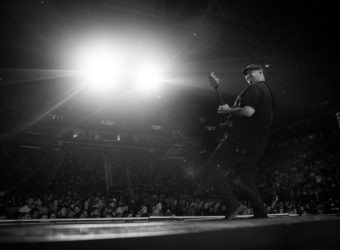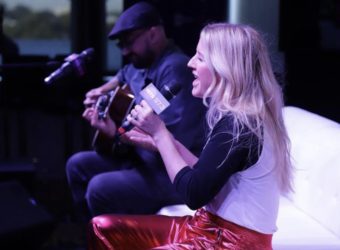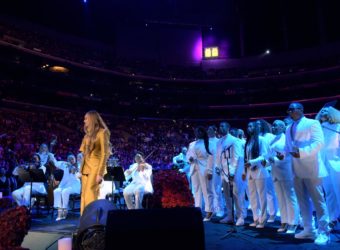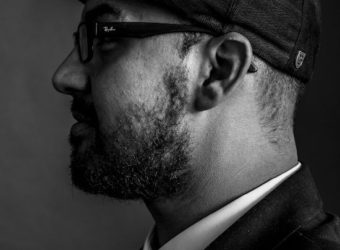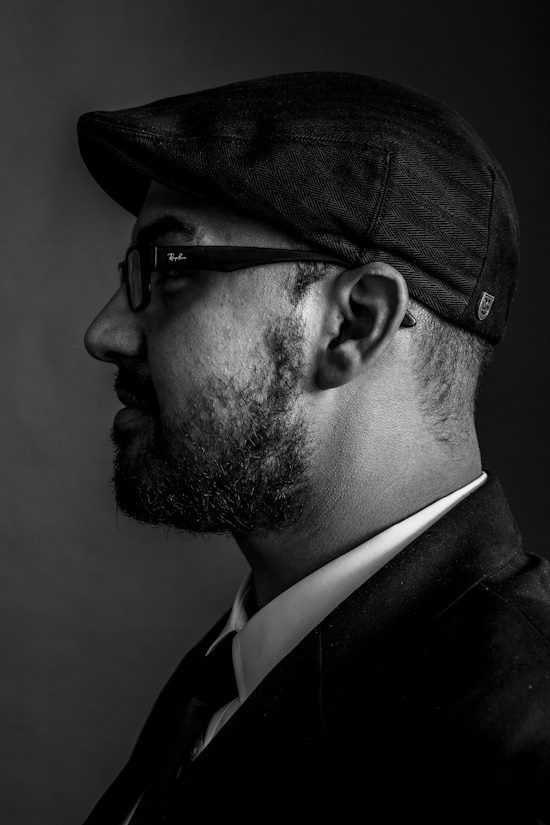 Top tier Los Angeles studio player is working virtually, actually.
Top tier Los Angeles studio player is working virtually, actually.
Los Angeles session guitarist Rod Castro—Breedlove’s featured artist for May—is keeping busy during the current national health crisis.
Live dates, whether with heavyweight stars or local pickup crews, are obviously off the table for the foreseeable future, but artists are still making music inside while locked down.
In the past week alone Castro’s done his first Zoom session for producers BSamz, AG and Grammy Award® winner Jared Lee Gosselin; provided a bevy of acoustic six-string work for up-and-coming Seattle-bred songwriter Jaymes Young; tracked for Natasha Bedingfield; and—supporting a major hip-hop artist (Castro often can’t name names due to the high level nature of his gigs)—created electric tones for the video game “Call of Duty.”
Castro shares a safe studio space with drummer Matt Gendal, in a North Hollywood rehearsal complex and also records plenty of tracks at home, using basic tools and a digital audio workstation.
While he’s got a pretty awesome collection of electrics to choose from, Castro only employs two acoustics—a 2013 Breedlove Legacy dreadnought, with Sitka spruce top and cocobolo back and sides, and a newly acquired, sustainably sourced all solid wood Organic Collection Artista Concerto, with a responsive torrefied European spruce top over native Oregon myrtlewood. Both are outfitted with L.R. Baggs Anthem systems, which Castro swears by, loving the ability to blend sounds from the interior mic and the undersaddle Element.
The Legacy dread has been a faithful companion for studio and stage since day one. In pre-COVID times, Castro would literally just pick up the case and go.
“For a studio session,” he says, “I just bring my acoustic. They’ll have the mics, they’ll have all the preamps and stuff; I don’t need anything else. If it’s a live show, I usually bring some Fishman stuff. I have a Loudbox Artist amp, which is probably the best-sounding acoustic amp I’ve ever played. I use it as a monitor and then send the DI out into the house. I also have a Fishman Platinum Pro EQ/DI. It’s a stomp box and it’s definitely better than just going through a standard DI and being at the mercy of the sound guy. For the Beyoncé show at the Kobe Bryant memorial in February, I used that.”
“As far as effects with the acoustic, I always have a loop station—I use the BOSS RC-300. A lot of times, I will also have an Electro-Harmonix Micro POG octave pedal. If I’m looping stuff, I’ll use that for bass lines. With the Anthem, it sounds really good, like an acoustic bass—very realistic.”
Everything’s on a more intimate scale for Castro now.
Young, for example, sent over demo files with suggestions for what he was looking for on individual tracks. While Castro, and most producers, noting how perfect the Legacy sounds acoustically, prefer to mic it up, the guitarist says that can be tricky when he’s working on his own.
“When I do acoustic stuff, I like to be in a studio and have an engineer. It’s a pain to track myself on acoustic, mainly because punching in is so frustrating. The second you move and come back to your position, it’s not going to be exactly the same. Your relationship to the mic is going to be slightly different than what it was before, so the punch will sometimes sound a little brighter, a little darker, or you’ll hear more mids. That’s been a challenge for me when trying to record acoustics.”
Castro’s solution is simple and supremely old school—he learns the song cold and kills it on a single pass!
“It’s gotten to a point now, where I just have everything down so well before I track, that I can usually do it all in one take. Even if I move a little during that, it’s nothing major.”
He’s also been plugging in more of late, in order to record the Breedlove when he’s working at his home studio, in a bustling L.A. suburb.
“I live with my son and my girlfriend on the corner of a busy street, so micing stuff at home is pretty much impossible. Anytime a car drives by, it gets picked up! I don’t always like to go to my lockout at the rehearsal hall, because it’s a shared space, which means if I’m there, I’m wearing a mask the whole time and wiping everything down with Clorox wipes, and it’s not the most comfortable thing in the world. So, lately, I prefer to go DI. I will track something direct and send it to the artist or producer, and be like, ‘Hey, let me know if this is good enough.” If they say yes, then I’m happy. If not, and they want to hear it miced, I’ll just go to my space and record it there to get it right.”
